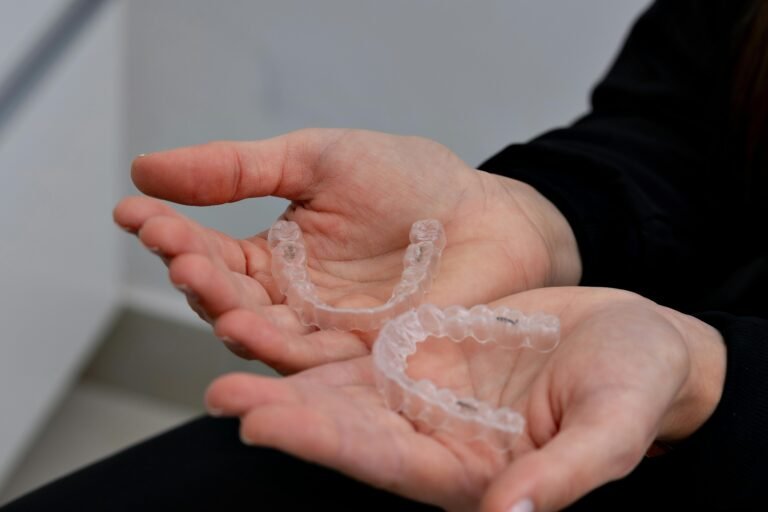Brushing your teeth seems like a simple daily routine, but many people don’t realize there is a correct way to do it. Proper brushing technique is essential to maintaining not just clean teeth, but also overall oral health. In this blog, we’ll dive into the importance of using the right toothbrush, the correct way to brush your teeth, and the long-term benefits of following these practices. So, let’s break down how to brush your teeth correctly for healthier gums and teeth.
What Type of Toothbrush Should You Use?
Choosing the right toothbrush plays a crucial role in your oral hygiene. Most dentists recommend using a soft-bristled toothbrush, as harder bristles can damage your gums and enamel over time. It’s also important to opt for a toothbrush head that fits comfortably in your mouth, allowing you to reach all areas easily. If you find manual brushing difficult, an electric toothbrush can be a great alternative, offering consistent pressure and movements.
Key features to look for in a toothbrush:
- Soft bristles to prevent gum and enamel damage.
- A comfortable grip handle for ease of use.
- A head size that fits comfortably in your mouth.
How to Brush Your Teeth Correctly
To truly master how to brush your teeth correctly for healthier gums and teeth, follow these simple steps:
- Position your toothbrush at a 45-degree angle to the gumline. This allows you to remove both plaque and food particles trapped between the teeth and gums.
- Use gentle, circular motions. Brushing too hard or using back-and-forth motions can lead to gum recession and enamel wear.
- Brush for at least two minutes. Divide your mouth into four sections and spend 30 seconds on each. Be sure to brush the outer, inner, and chewing surfaces of your teeth.
- Don’t forget your tongue! Brushing your tongue removes bacteria and helps prevent bad breath.
- Spit, don’t rinse with water immediately after brushing. Fluoride toothpaste needs time to work on your teeth.
Benefits of Correct Toothbrushing
Learning how to brush your teeth correctly for healthier gums and teeth offers several key benefits:
- Prevents cavities by removing plaque before it can harden into tartar.
- Reduces gum disease risk, ensuring your gums remain strong and free from infection.
- Prevents bad breath, since bacteria buildup on your tongue and teeth is minimized.
- Keeps enamel strong, reducing the chances of tooth sensitivity and decay.
Brushing Teeth for Toddlers and Young Children: Tips for Building Healthy Habits
Good brushing habits start early — even before age 2! Here are some helpful tips to encourage your little one to brush their teeth the right way:
For Babies (0–2 Years):
- Start cleaning before teeth appear
Gently wipe your baby’s gums with a soft, damp cloth after feedings. - Begin brushing when the first tooth comes in
Use a baby toothbrush with soft bristles. - Brush twice a day
Once in the morning and once before bed, just like adults!
🧒 For Toddlers (2+ Years):
- Use a pea-sized amount of fluoride toothpaste
Teach your child to spit out the toothpaste, not swallow it. - Brush together
Kids love to mimic! Brushing alongside your child helps them learn proper technique. - Turn brushing into a fun ritual
Use a toothbrush with their favorite character or let them choose the color. - Set a timer or use music
The song “Brush Your Teeth by Elmo” is a great way to get kids excited and help them brush for a full two minutes. Singing or dancing to Elmo makes brushing time something they’ll actually look forward to! - Show them how
Use a mirror and demonstrate how to brush all sides: front, back, and chewing surfaces. - Supervise brushing until at least age 7
Children often don’t have the coordination to brush effectively on their own until they’re a bit older.
Brushing your teeth the right way may take a little more effort, but it’s well worth it for the health of your teeth and gums.
By choosing the right toothbrush and following a proper brushing technique, you can prevent common oral health issues like cavities and gum disease. Incorporating this knowledge of how to brush your teeth correctly for healthier gums and teeth will lead to a brighter smile and better overall well-being.





Thanks for sharing. I read many of your blog posts, cool, your blog is very good.